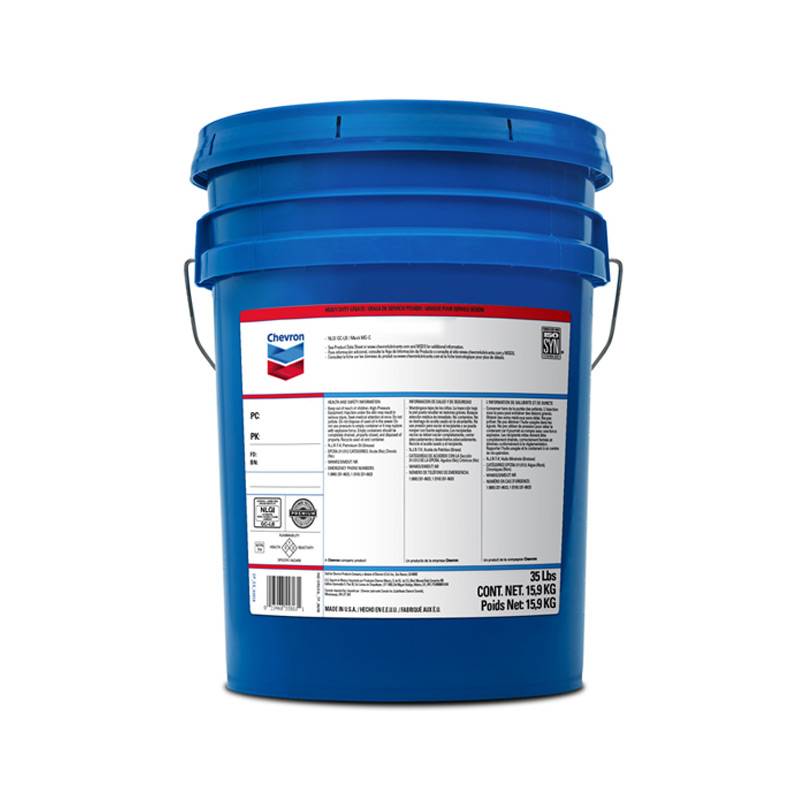Nov . 15, 2024 14:45 Back to list
three types of control valves
Three Types of Control Valves
Control valves are integral components in various industrial processes, regulating the flow, temperature, and pressure within systems. Their effective functioning ensures optimal performance, safety, and efficiency in diverse applications, from power generation to chemical production. This article explores three primary types of control valves globe valves, ball valves, and butterfly valves, highlighting their characteristics, advantages, and suitable applications.
1. Globe Valves
Globe valves are one of the most commonly used types of control valves in industrial applications. Their design consists of a spherical body, where the flow of fluid is directed through a globe-shaped chamber. The internal components include a plug or disk that moves up and down to restrict or allow flow, making them highly effective for throttling purposes.
Characteristics - Flow Control Globe valves offer excellent flow control due to their shape and design, allowing for fine adjustments. - Design Versatility They can handle both high and low-pressure applications, making them suitable for various industries. - Seat Leakage Globe valves tend to provide better sealing properties compared to other valve types, reducing the potential for leakage.
Applications Globe valves are frequently employed in applications requiring precise flow regulation, such as in water treatment plants, oil and gas sectors, and heating systems. Their ability to throttle flow makes them ideal for controlling feedwater in steam boilers.
2. Ball Valves
Ball valves are designed for quick on/off control of fluid flow. They consist of a hollow, perforated ball that rotates within the valve body. When the ball is aligned with the flow, the valve opens, and when turned 90 degrees, it closes the flow pathway.
three types of control valves

Characteristics - Quick Operation Ball valves provide fast and reliable shut-off capabilities, making them suitable for emergency stops. - Minimal Pressure Drop Their design allows for minimal resistance, leading to low pressure drop across the valve when fully open. - Durability Typically constructed from robust materials, ball valves can withstand high pressures and temperatures.
Applications Ball valves are widely used in applications where quick shutoff is essential. Industries such as oil and gas, water distribution, and chemical processing often employ ball valves for their ease of operation and reliability. Their simplistic design also makes maintenance straightforward, enhancing their appeal.
3. Butterfly Valves
Butterfly valves utilize a circular disc or vane that rotates within the pipe to regulate flow. When the valve is opened, the disc is positioned parallel to the flow, allowing for efficient fluid passage. When closed, the disc obstructs the flow path, ensuring a tight seal.
Characteristics - Space Efficiency Butterfly valves are compact and lightweight, making them suitable for installations where space is limited. - Flow Regulation Although not as precise as globe valves, they provide reasonable throttling capabilities, balancing efficiency and simplicity. - Cost-Effectiveness Their straightforward design and fewer components typically result in lower manufacturing and maintenance costs.
Applications Butterfly valves are commonly used in large piping systems, such as those found in water treatment plants, HVAC systems, and industrial processing facilities. Their ability to handle large volumes of fluid efficiently makes them particularly beneficial in applications requiring rapid flow modulation.
Conclusion
Choosing the right type of control valve is crucial for the efficient and safe operation of industrial processes. Each valve type – globe, ball, and butterfly – offers unique advantages and is suited for specific applications. Understanding these differences helps engineers and operators select the appropriate valve to meet their precise requirements, ultimately enhancing performance and reliability in system operations. Whether adjusting flow rates in a complex system or ensuring a quick shutoff in emergencies, the role of control valves is indispensable in modern engineering practices.
-
Thread Micrometer Set FeaturesNewsJul.04,2025
-
Right Angle Ruler Tool for WoodworkingNewsJul.04,2025
-
Precision Frame Level Calibration StepsNewsJul.04,2025
-
Magnetic Vee Block MaterialsNewsJul.04,2025
-
Heavy Duty Ground Anchors in MiningNewsJul.04,2025
-
Features of Welding Table Cast IronNewsJul.04,2025
Related PRODUCTS









